Understanding The Importance of The Pressure Valve on A Gun Case
Posted by Mandu Moses on Feb 21st 2025
A gun case stores and transports firearms and accessories. You can get these devices in plastic, metal, wood, leather, or fabric. Some cases are designed to be waterproof, dustproof, shockproof, or fireproof to provide maximum protection for its contents.
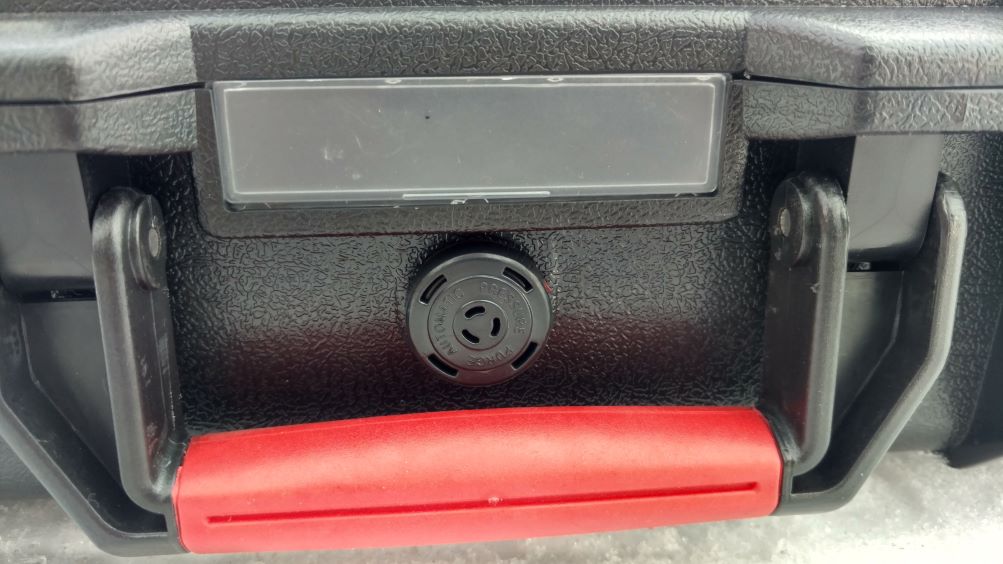
Some gun cases have a special feature that may not be obvious to the casual observer: a pressure valve.
A pressure valve is a small device usually located on the side or the front of the gun case. It has a circular shape and a screw-like mechanism that can be opened or closed sometimes with a flathead screwdriver.
What Does A Pressure Valve Do?
A pressure valve regulates the internal pressure of the gun case. It allows the user to adjust the pressure inside the case to match the external pressure outside the case. This is important because air pressure can significantly vary depending on the altitude, temperature, and humidity of the environment.
For example, the air pressure inside the cabin of an aircraft in flight is lower than that on the ground. Hence, if a gun case is sealed tightly and then taken on board a plane, air in the case expands. This can cause the case to bulge or even burst open, damaging the gun and other contents inside. A quality case will vent the air as pressure builds, but this causes a problem when you leave the cabin.
On the other hand, the pressure inside the case is lower than outside when traveling from a high to low altitude area. This means that a tightly sealed case at a higher altitude could collapse or implode if taken to a lower altitude. The vacuum inside the case often makes it nearly impossible to open.
A pressure valve helps you to release or allow air into or out of the gun case. By doing so, you equalize the internal and external pressures.
Why Is A Pressure Valve Important?
A pressure valve is important for several reasons.
1. It protects the gun and other contents inside the case from physical damage caused by extreme pressure differences.
A gun case can deform or rupture if exposed to different air pressures without adjusting its internal pressure accordingly. This can damage not only the case itself but also the gun and other items inside it.
When going from a high to low altitude area, the pressure inside the case is lower than outside. The change in pressure can affect its accuracy, performance, or functionality.
Guns with electronic parts or batteries, flashlights, and optics, can be harmed by sudden pressure changes, which may damage circuits or cause leaks. This can affect its reliability, safety, or lifespan.
2. A pressure valve protects the gun and other contents inside the case from moisture damage caused by condensation. Condensation is the process of vapor turning into a liquid when it comes into contact with a cold surface.
For example, when traveling from a warm place to a cold place, such as from a desert to an arctic region, the air inside the gun case will be warmer than outside. This means there will be more water vapor in the air inside than outside the case.
When this warm and moist air meets with the cold surface of the case or its contents, it will cool down and condense into water droplets. These droplets can then accumulate on or inside the gun or other items in the case.
This can cause corrosion, rusting, mold growth, or other forms of deterioration that can affect their appearance, quality, or function. A pressure valve lets you release warm, moist air from the case before entering cold areas. This is how you reduce the moisture inside the case and minimize the risk of condensation.
How To Use a Pressure Valve?
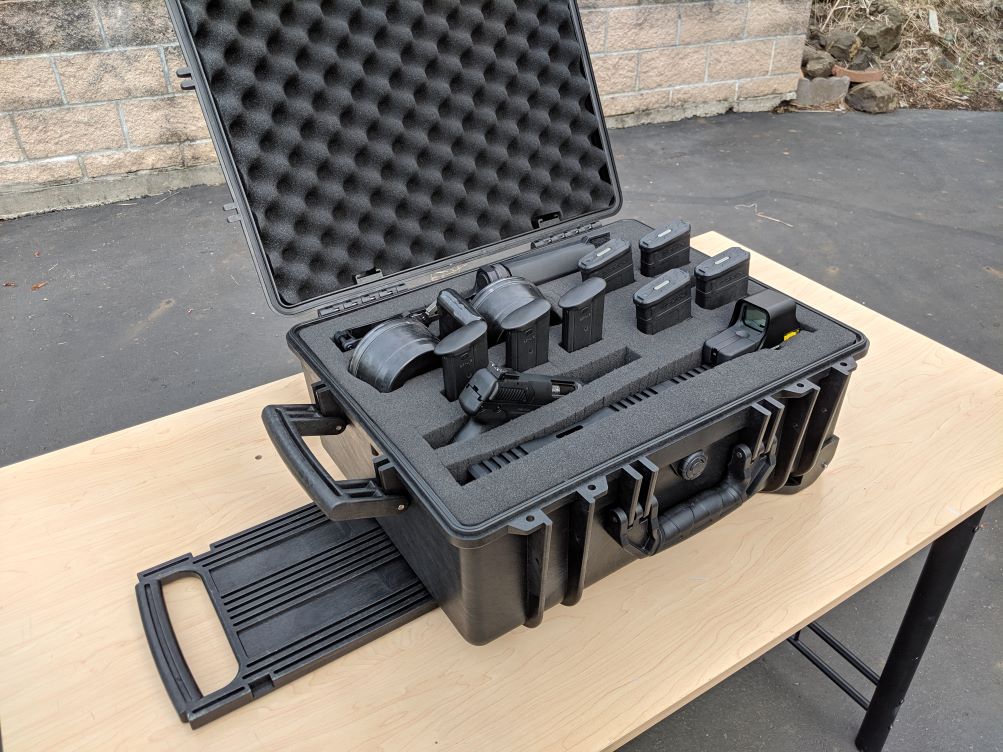
Using a pressure valve is simple and easy. Here are some general steps to follow:
- Before closing the gun case, make sure the pressure valve is open. This will allow the air inside the case to match the air outside the case.
- After closing the gun case, close the pressure valve by turning it clockwise with a flathead screwdriver. This will seal the case and prevent any air from escaping or entering.
- Before opening the gun case, turn the pressure valve counterclockwise with a flathead screwdriver. This will allow the air inside the case to adjust to the air outside the case.
- After opening the case, close the pressure valve again by turning it clockwise with a flathead screwdriver. This will prevent any dust or dirt from entering the valve.
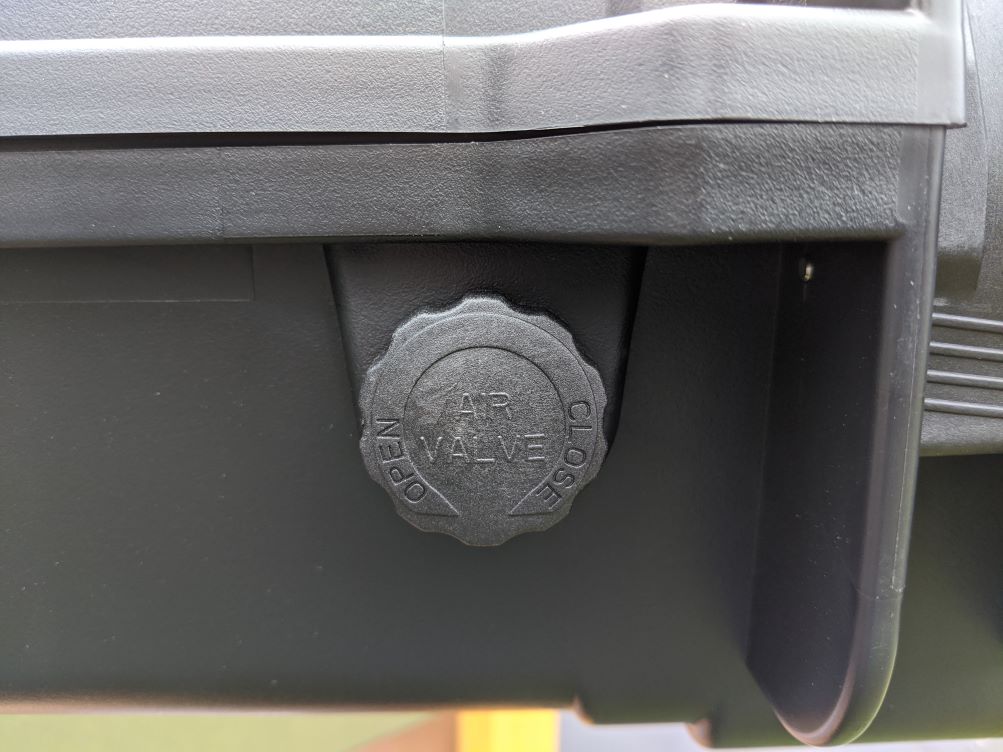
Note that these steps may vary depending on the specific model or brand of the gun case or the pressure valve. Always refer to the user manual or the manufacturer’s website for more detailed instructions and information.
Conclusion
A pressure valve is a useful and important feature that can be found in some gun cases. It allows the user to regulate the internal pressure of the case to match the external pressure of the environment.
This can protect the gun and other contents inside the case from damage from extreme pressure differences or condensation. You should follow some simple guidelines when dealing with gun cases to ensure the safety and quality of your firearms and accessories.
FAQs
Q1. What is a Pressure Valve and Why is it Important on Gun Cases?
A pressure valve is a device that regulates the air pressure inside a sealed container, such as a gun case. It allows air to escape or enter the case depending on the external atmospheric pressure. A pressure valve is important in gun cases for several reasons:
- It prevents the case from bursting or collapsing due to extreme pressure differences, such as when traveling by plane or driving through high altitudes.
- It protects the firearm and its accessories from damage caused by pressure changes, such as warping, cracking, or rusting.
- It maintains the optimal humidity level inside the case, preventing condensation or dryness that can affect the performance and lifespan of the firearm.
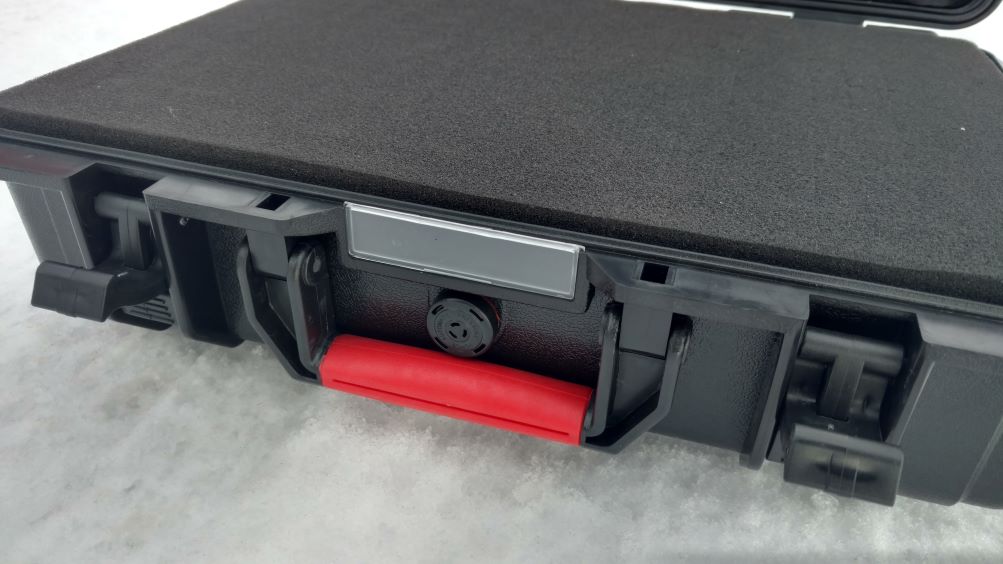
Q2. What are the benefits of having a pressure valve in your gun case?
Having a pressure valve on your gun case can offer you many benefits, including:
- It helps prevent vacuum lock by equalizing the interior air pressure automatically to match the air pressure produced on the exterior.
- It increases the durability and reliability of your firearm, as it preserves its quality and functionality.
Q3. What Are The Different Types of Pressure Valves and Their Uses?
There are different types of pressure valves available for gun cases, each with its own advantages and disadvantages. Some of the most common ones are:
- Manual pressure valves: These require you to adjust them manually according to the external pressure. They are cheaper and more straightforward but require more attention.
- Automatic pressure valves: These automatically adjust themselves according to the external pressure. They are more expensive but offer more convenience and accuracy.
- Smart pressure valves: These have additional features, such as digital displays, sensors, alarms, or locks. They provide more information and control over your gun case but are pricey and sophisticated.
Q4. How Do I Ensure that My Pressure Valve Is Working Properly?
To ensure that your pressure valve is working properly, you should:
- Check the condition of your pressure valve regularly. Look for any signs of damage, wear, or leakage. Replace or repair your valve as soon as possible if you notice any problems.
- Clean your pressure valve periodically. Use a soft cloth or a brush to remove any dirt or dust that may clog or damage your valve. Avoid using any harsh chemicals or solvents that may corrode or weaken your valve.
- Test your pressure valve before and after every use.
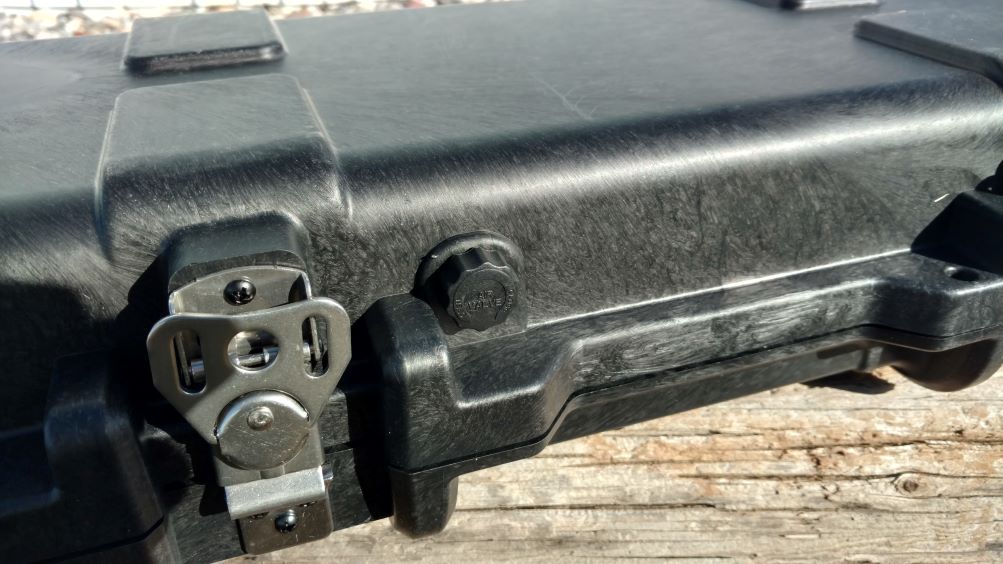
Q5. What Are the Tips for Maintaining the Quality of Your Pressure Valve?
The tips for maintaining the quality of your pressure valve include;
- Store your gun case in a cool and dry place. Avoid exposing your case to extreme temperatures or humidity levels that may affect your valve.
- Handle your gun case with care. Avoid dropping, hitting, or shaking your case too hard, which may damage your valve.
- Use your gun case only for its intended purpose. Do not use your case to store other items that may interfere with your valve or put extra pressure on it.
Q6. What are the common problems with pressure valves, and what are the solutions to fix them?
- Your valve is stuck or jammed. This may be caused by dirt, dust, or debris accumulated inside your valve. To fix this problem, you can try to clean your valve with a cloth or a brush. If that does not work, you may need to replace your valve with a new one.
- Your valve is leaking or hissing. A crack, a hole, or a loose seal in your valve may cause this. To fix this problem, you can try to tighten or replace the seal or gasket in your valve. If that does not work, you may need to replace your valve with a new one.
- Your valve is giving inaccurate or inconsistent readings. This may be caused by a faulty or damaged sensor, display, or battery in your valve. To fix this problem, you can try to reset or recalibrate your valve. If that does not work, you may need to replace your valve with a new one.
Related Articles: Why Firearm Safety is Important
